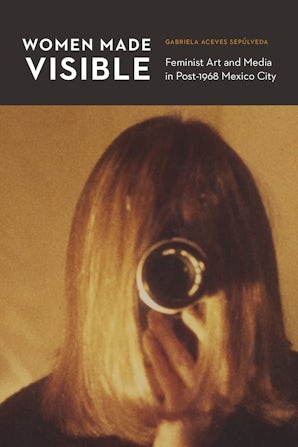"Women Made Visible is meticulously and creatively researched thanks to the access that the author gained to personal and institutional archives, and to the detailed interviews she conducted with art practitioners and feminist activists. . . . This book will be of interest to scholars of visual and art history and feminist studies, as well as to urban historians, particularly those concerned with the ways in which metropolises like Mexico City become places where countercultural movements flourish."—Tania Islas Weinstein, Latin Americanist
"Timely and necessary, Women Made Visible advances the field of Latin American, Chicanx, and Latinx art history."—Teresa Eckmann, Woman's Art Journal
"Women Made Visible may be of interest to students and scholars who study art, feminism, Mexico, politics, and history."—Margarita H.Tapia, Communication Booknotes Quarterly
“Gabriela Aceves Sepúlveda brilliantly contrasts two primary sources that are not normally read together: private artist archives (and interviews with the artist-archivists) and state security archives. The author’s deeply researched—and theoretically and methodologically sophisticated—study will be an extraordinary resource for this subfield of video art and experimental film in Mexico.”—George Flaherty, author of Hotel Mexico: Dwelling on the ’68 Movement
“An impressive foundation. Women Made Visible adds important women artists to the canon of Mexican art history. Written in a brisk, accessible, but still sophisticated prose style, this book will serve novice and specialist alike.”—Mary K. Coffey, author of How a Revolutionary Art Became Official Culture: Murals, Museums, and the Mexican State
